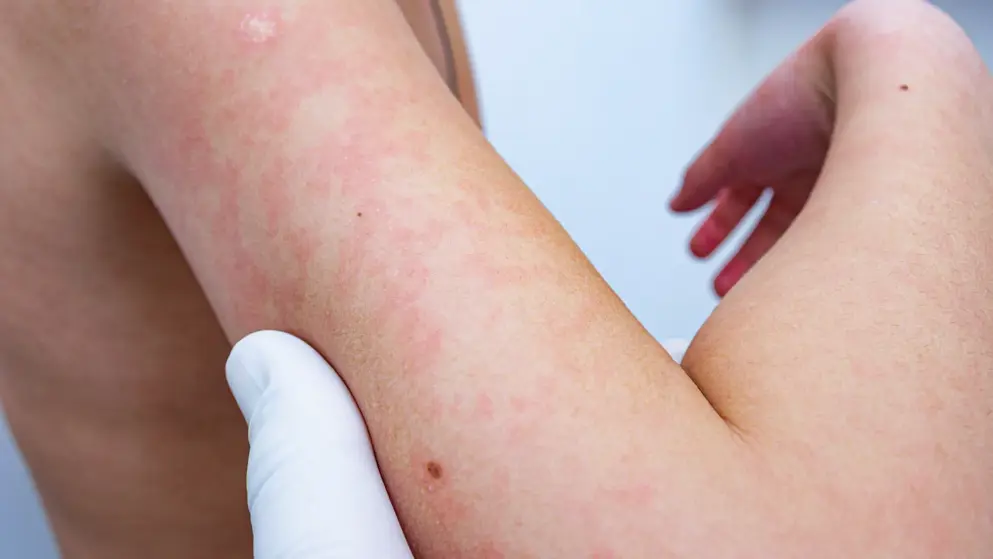
New analysis demonstrates the efficacy of Rinvoq (upadacitinib) in atopic dermatitis with varying degrees of severity in head and neck involvement
AbbVie announced positive results from a new post-hoc analysis from the Measure Up 1 and Measure Up 2 Phase III studies. The analysis evaluated the efficacy of upadacitinib (15 mg or 30 mg) in patients with moderate-to-severe atopic dermatitis (AD) stratified by the severity of disease in the head and neck region at baseline compared to placebo across 16 weeks
In this analysis, several optimal and stringent treatment targets – including the achievement of near complete skin clearance in the head and neck region (EASI Head & Neck score less than 1), near complete skin clearance (EASI 90), no to little itch (WP-NRS 0/1) and minimal or no impact on quality of life (DLQI 0/1) – were assessed with the treatment of upadacitinib across patient subgroups. Patients were stratified by no-to-mild, moderate, or severe head and neck involvement.
Living with uncontrolled AD can have a substantial physical, emotional and social impact on patients' lives and is often associated with significant long-term disease burden from debilitating symptoms. Research shows that AD in specific sites such as the head, neck, face and hands can have a significant impact on symptom frequency and quality of life for patients. In the real-world observational setting, 70% of AD patients in the UP-TAINED study and at least 74.5% of AD patients in the AD-VISE study had head and neck region involvement at baseline. The high prevalence reinforces the need for effective therapies in this high impact, challenging to treat area.
"These data stratify the severity of atopic dermatitis in the head and neck region, which is a part of the body that has significant impact on patients and is challenging to treat," said Kilian Eyerich, MD, PhD, chair and professor at the Department of Dermatology and Venerology of the University of Freiburg, Germany. "At 16 weeks, RINVOQ showed efficacy in patients with moderate-to-severe atopic dermatitis with various degrees of head and neck involvement, achieving optimal treatment targets with combined measures of EASI 90 and WP-NRS 0/1, along with improvement on the patients' quality of life measured by DLQI 0/1 in a substantial number of patients."
New post-hoc analysis of the Measure Up 1 and Measure Up 2 studies showed that a higher proportion of patients with moderate-to-severe AD with varying degrees of head and neck involvement treated with upadacitinib (15 mg or 30 mg) achieved optimal treatment targets compared to placebo at week 16: near complete skin clearance in the head and neck region (EASI Head & Neck Score <1), minimal or no impact on quality of life (DLQI 0/1), and minimal disease activity, which is the simultaneous achievement of near complete skin clearance (EASI 90) and no to little itch (WP-NRS 0/1).

